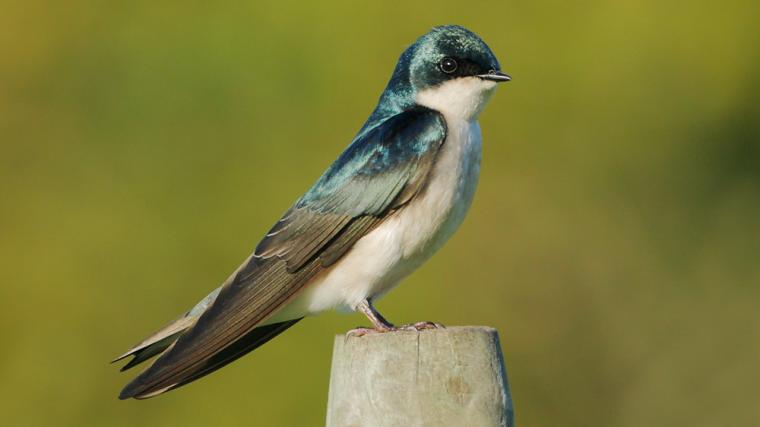
In a nutshell
Many birds use the length of day to initiate their breeding season. Their food resources, however, are more often tied to local and shifting climatic conditions, which can result in a mismatch in timing between hungry nestlings and the abundance of food they require. Authors of a new study published in the journal Nature sought to understand how human-caused light and noise pollution might pose additional challenges to birds impacted by climate change. They found that light pollution caused birds to nest a month earlier in open environments and 18 days earlier in forested environments. This advance in timing allowed the birds to catch up to earlier spring onset and availability of food, surprisingly resulting in better nesting success.
What is special about this study?
The study highlights an odd twist in the impact of humans on birds wherein human-caused climate change is driving mismatch between birds and their food sources, while human-caused light pollution is helping to mitigate this mismatch in some areas.
What does this mean for YOU?
Managers can use this information to know which species are at greater risk from climate change impacts, and prioritize habitat for vulnerable species. Communities can also use this information to assess their own light and sound footprints. This study, which relied on data from Cornell Lab of Ornithology’s NestWatch Program, also illustrates the importance of data collected by volunteer scientists.
Citation: Senzaki, M., Barber, J.R., Philips, J.N., et al. 2020. Sensory pollutants alter bird phenology and fitness across a continent. Nature. https://doi.org/10.1038/s41586-020-2903-7